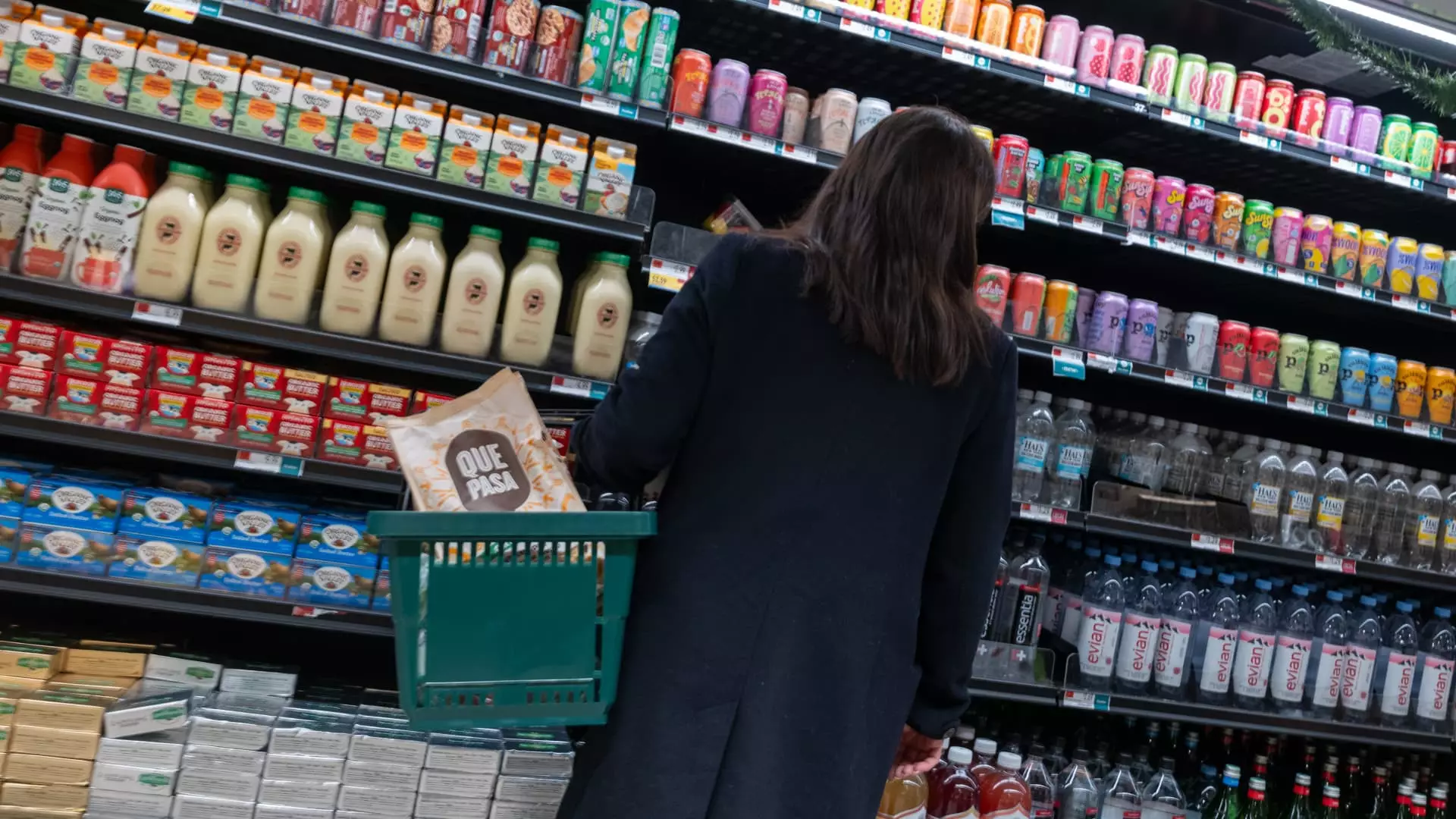In recent months, inflation has surged notably, catching the attention of economists and consumers alike. As of January, the consumer price index (CPI) reported a rising inflation rate of 3%, up from 2.9% in December. This marks the fourth consecutive month of increasing annual inflation, raising concerns regarding the economic trajectory of the United States. The persistence of inflation above the Federal Reserve’s target of 2% suggests that the economic landscape may be shifting, with broader implications for fiscal policy and consumer behavior.
Several elements are contributing to the elevation of inflation rates, notably increases in the prices of essential items like groceries and fuel. Analysts point toward a tight labor market and consumer demand as critical factors prompting businesses to elevate prices across various sectors. Mark Zandi, chief economist at Moody’s, expressed skepticism about drawing conclusions from a single month’s data, advocating for a broader perspective before signaling alarm. His commentary reveals a cautious but watchful approach to understanding the current inflationary environment.
Interrogating the underpinning reasons for inflated prices involves examining both the supply-side disruptions and demand-side pressures. For instance, significant spikes in grocery costs can largely be attributed to heightened egg prices, which surged by 15% month-over-month. These fluctuations are exacerbated by supply shortages tied to agricultural challenges, including a deadly bird flu outbreak. The indirect consequences are palpable, as price increases ripple through related grocery categories, significantly impacting consumer spending patterns.
The evolving political landscape and economic policies also play crucial roles in shaping inflationary expectations. Policies instituted during President Donald Trump’s administration, including tariffs on imports and potential restrictions on immigration, are perceived as contributing factors to inflationary pressures. Economists caution that these policies may strain both supply chains and labor markets, leading to increased prices for consumers. The dynamic interplay between fiscal measures and inflation underscores the complexity of managing economic stability in a politically charged environment.
In the automotive sector, for example, Trump’s prospective tariffs on steel and aluminum are already causing uncertain repercussions for automakers and consumers. The anticipation of higher prices has spurred consumers to preemptively purchase vehicles, driving up demand in the short term. Such behaviors reflect a broader trend where consumers adjust their buying habits based on potential future costs, further complicating the inflation narrative.
Analyzing specific consumer goods reveals a multifaceted landscape of inflation. The Bureau of Labor Statistics reported that the price of gasoline rose by approximately 2%, while fuel oil saw an even more significant increase of 6%. Elevated fuel prices impact not only transportation costs but also food prices, as increased shipping expenses are often passed on to consumers. Conversely, some categories, such as housing costs, remained stable, indicating that inflation may not be uniformly distributed across all sectors.
Goods like coffee have also exhibited increasing prices, with climate change affecting production in key coffee-growing regions. As global conditions fluctuate, consumers may face additional pressures that further amplify their cost of living. For those already grappling with rising grocery bills, these compounded price increases could lead to pronounced changes in purchasing behavior.
Looking forward, the trajectory of inflation remains a focal point of discussion among economists. While Mark Zandi holds a measured view, expressing that current trends warrant caution rather than panic, other analysts suggest that the situation calls for close monitoring. Capital Economics chief economist Paul Ashworth highlights that the stability of inflation rates will likely hinge on ongoing economic conditions and the Federal Reserve’s policy responses.
The interrelatedness of fiscal policy, consumer expectations, and inflation underscores a pressing need for a coherent economic strategy. As the administration navigates potential tariff implementations and immigration reforms, the implications on inflation rates will become increasingly evident in the latter half of 2025. Therefore, maintaining vigilance over pricing trends will be crucial to inform policy adjustments aimed at stabilizing the economy.
Ultimately, the persistence of higher inflation rates invites a reevaluation of economic strategies and consumer behaviors alike. The combination of consumer demand, supply chain dynamics, and policy implications create a complex tapestry that influences inflation. As we watch these developments unfold, maintaining a balanced and informed perspective will be essential for consumers, businesses, and policymakers striving for economic stability in this challenging landscape.

